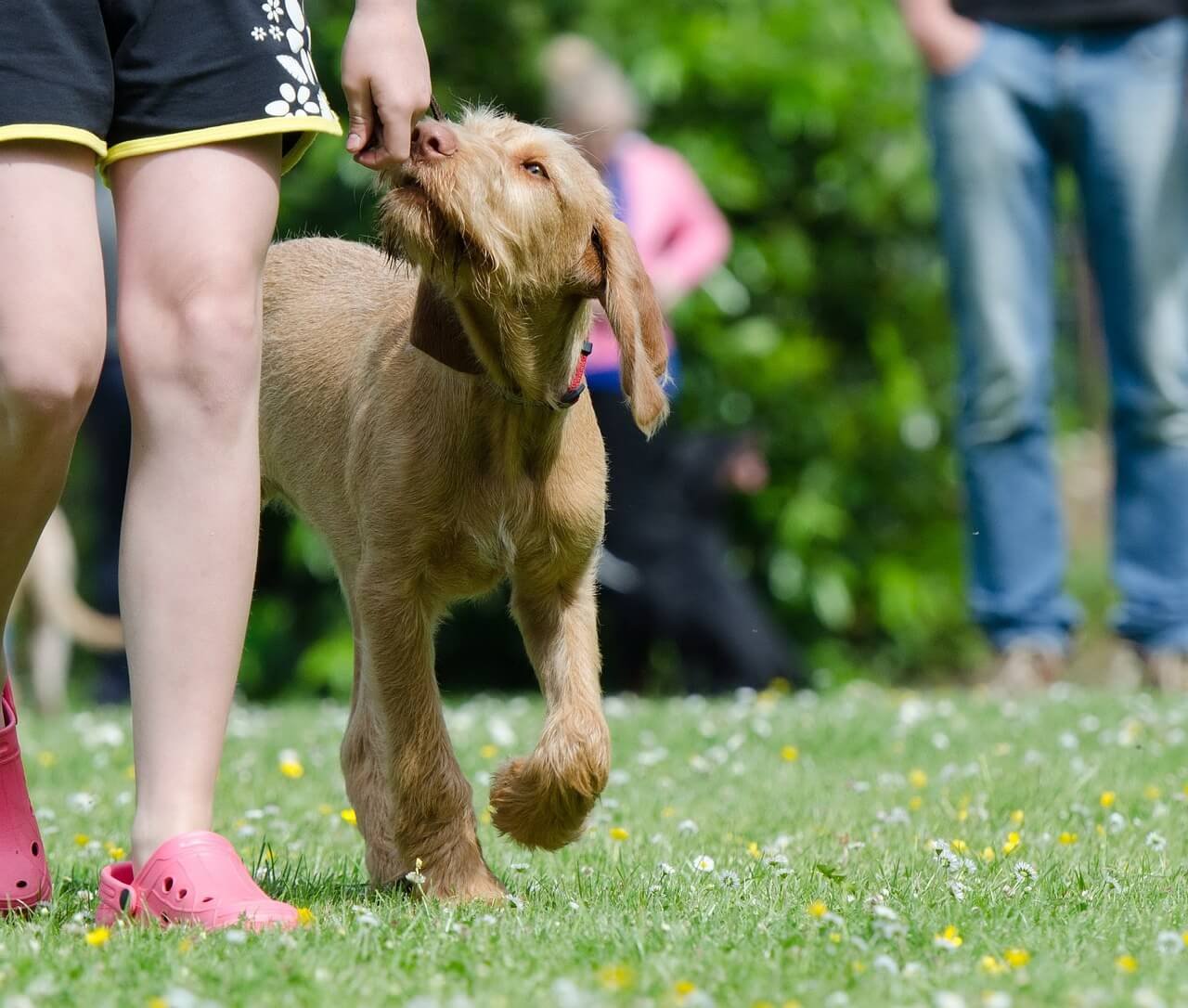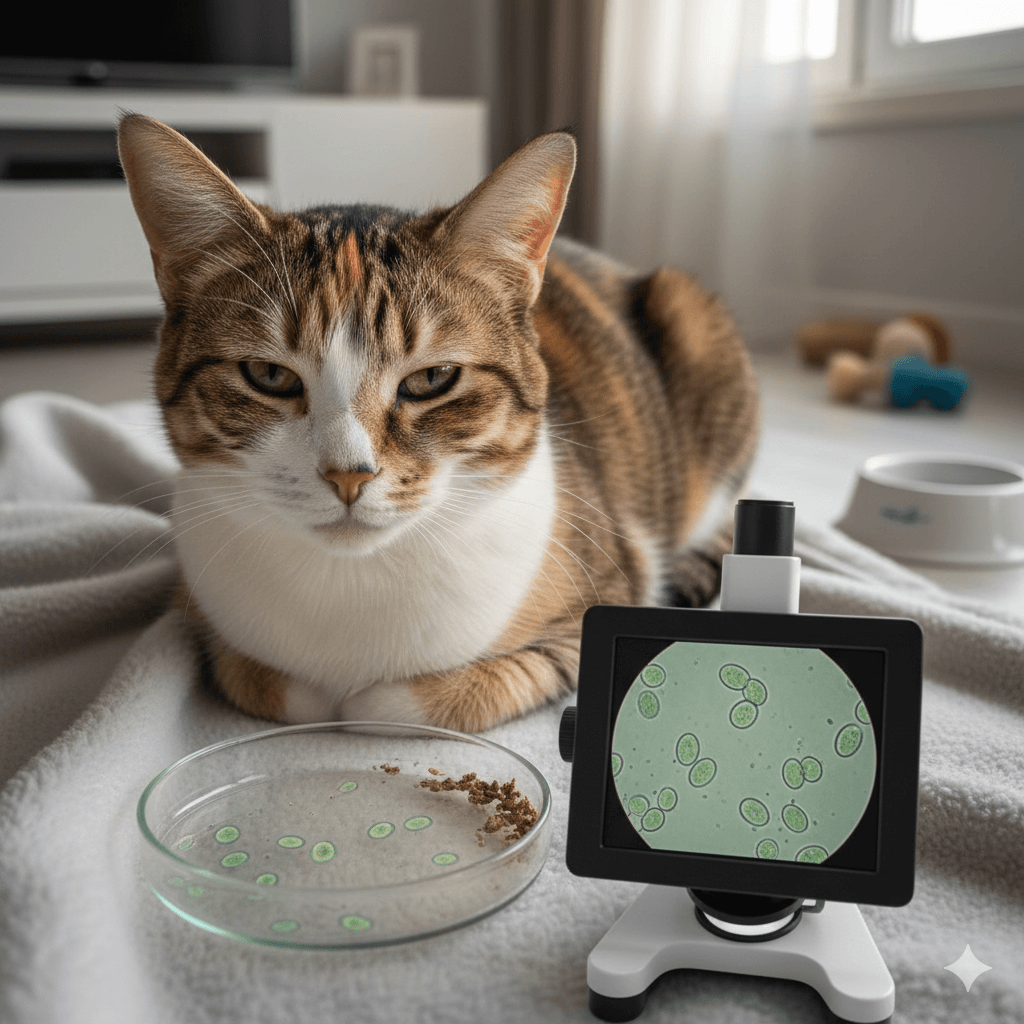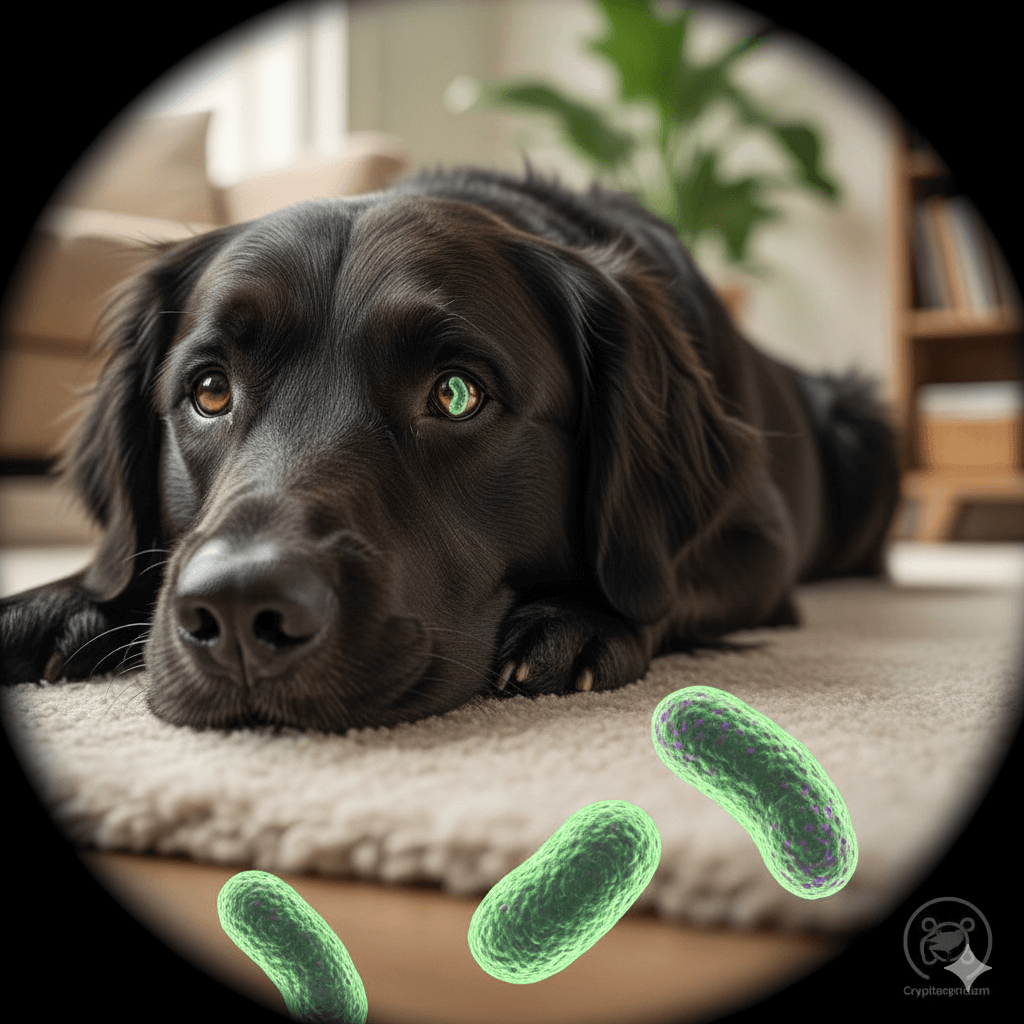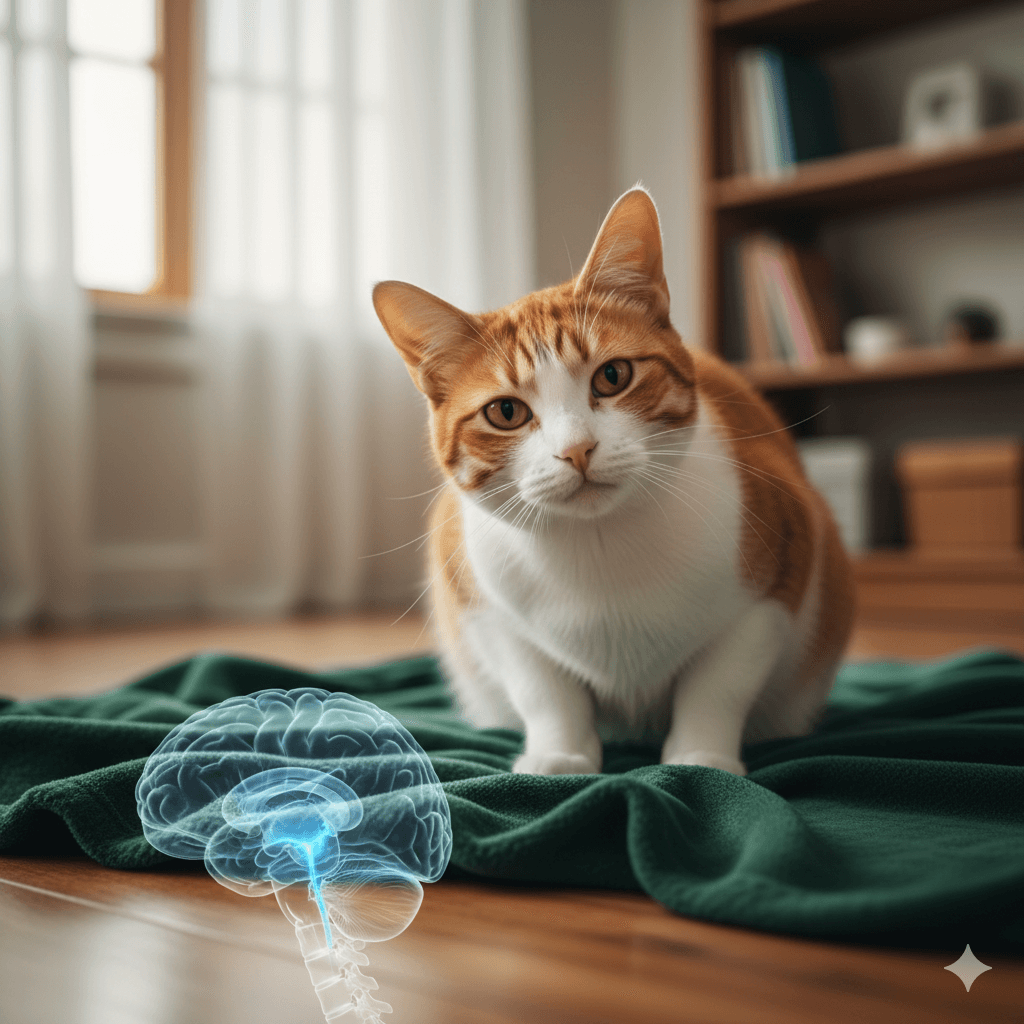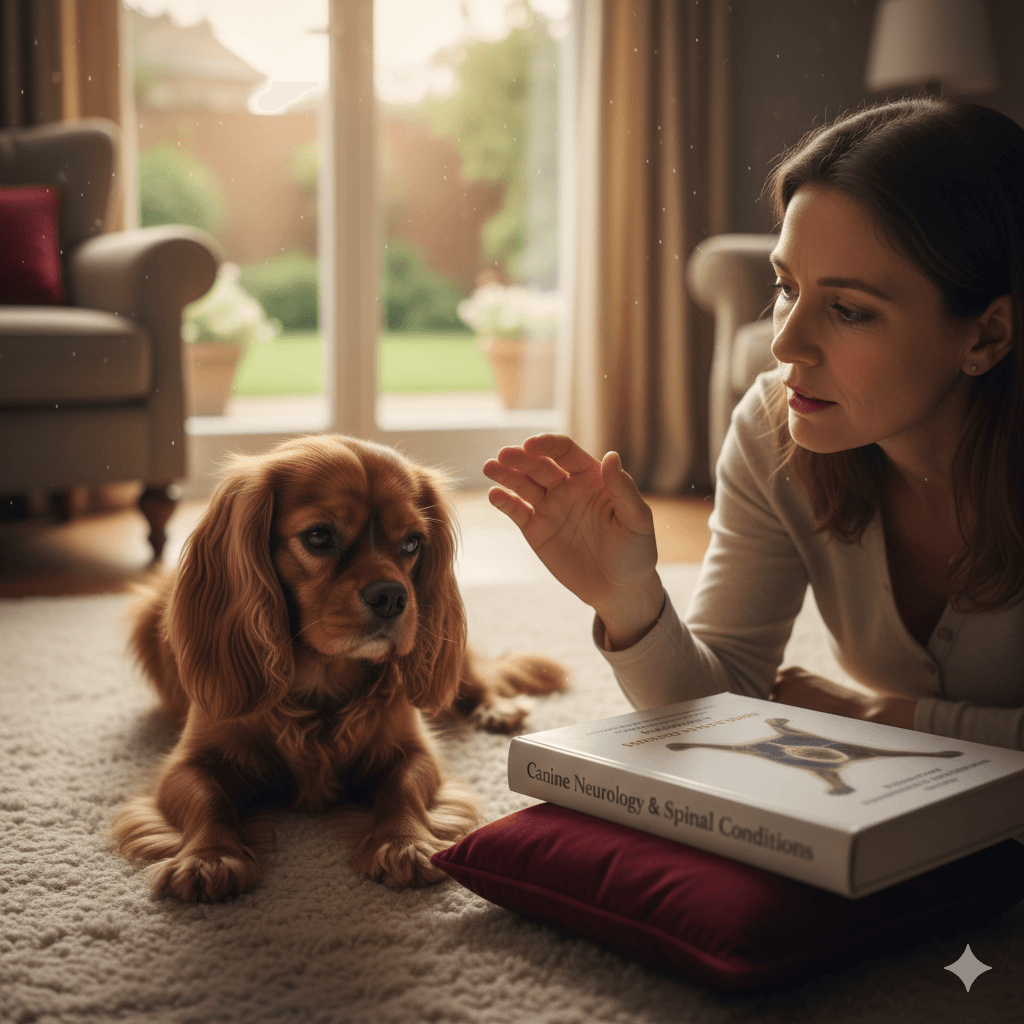My Dog Ate a Dead Wasp: What You Need to Know
It’s not uncommon for dogs to explore the world with their mouths, sniffing out and sometimes swallowing things that pique their curiosity. If your dog has just eaten a dead wasp, you might be wondering whether this is cause for concern. While most of the time, eating a dead wasp isn’t harmful, it’s important to stay informed about potential risks and how to handle such situations. In this blog post, we’ll guide you through everything you need to know about what happens when your dog eats a dead wasp, including signs to watch for, steps to take, and tips to prevent similar incidents in the future.
Is Eating a Dead Wasp Dangerous? Key Considerations
When your dog eats a dead wasp, the level of danger depends on several factors. While wasps are generally harmless once they’re dead, there are still some considerations to keep in mind. Here’s what you should know:
Size of the Wasp:
Most wasps are small and unlikely to cause harm if ingested. However, larger species could pose a slight choking hazard for smaller dogs.Presence of Stingers:
If the wasp still has its stinger intact, there’s a small risk of irritation or injury to your dog’s mouth or throat.Toxicity Concerns:
Dead wasps themselves are not toxic, but if the wasp had been exposed to pesticides or chemicals, this could pose a risk.Allergic Reactions:
Some dogs may have an allergic reaction to wasp venom, even if the wasp is dead. Watch for symptoms like swelling or difficulty breathing.Digestive Impact:
In most cases, a dead wasp will pass through your dog’s digestive system without issue. However, monitor for vomiting or diarrhea as potential signs of discomfort.
While eating a dead wasp is rarely dangerous, staying vigilant ensures your dog remains healthy and safe. Always trust your instincts and consult a vet if you notice anything unusual.
What to Do If Your Dog Eats a Dead Wasp
If your dog has eaten a dead wasp, it’s natural to feel concerned. Here’s a step-by-step guide on how to handle the situation calmly and effectively.
Stay Calm and Observe:
Take a deep breath and assess the situation. Panic can make your dog anxious, so it’s important to remain calm.Check for Immediate Symptoms:
Look for signs of distress, such as coughing, gagging, or pawing at the mouth, which could indicate irritation from a stinger.Offer Water:
Encourage your dog to drink water to help wash away any potential irritants from their mouth or throat.Monitor Behavior:
Keep an eye on your dog for the next 24 hours. Watch for unusual behavior, such as lethargy, vomiting, or changes in appetite.Contact Your Vet if Needed:
If you notice any concerning symptoms or if your dog has a history of allergies, don’t hesitate to reach out to your veterinarian for advice.
By following these steps, you can ensure your dog stays safe and comfortable after eating a dead wasp. Remember, prevention and observation are key.
Check this guide 👉What to Do If Your Dog Licks Raw Chicken Juice: Best 7 Tips!
Check this guide 👉What to Do If Your Dog Is Stung by a Scorpion: Best 7 Tips!
Check this guide 👉What to Do If Your Dog Ate Deodorant: Best 7 Expert Tips!
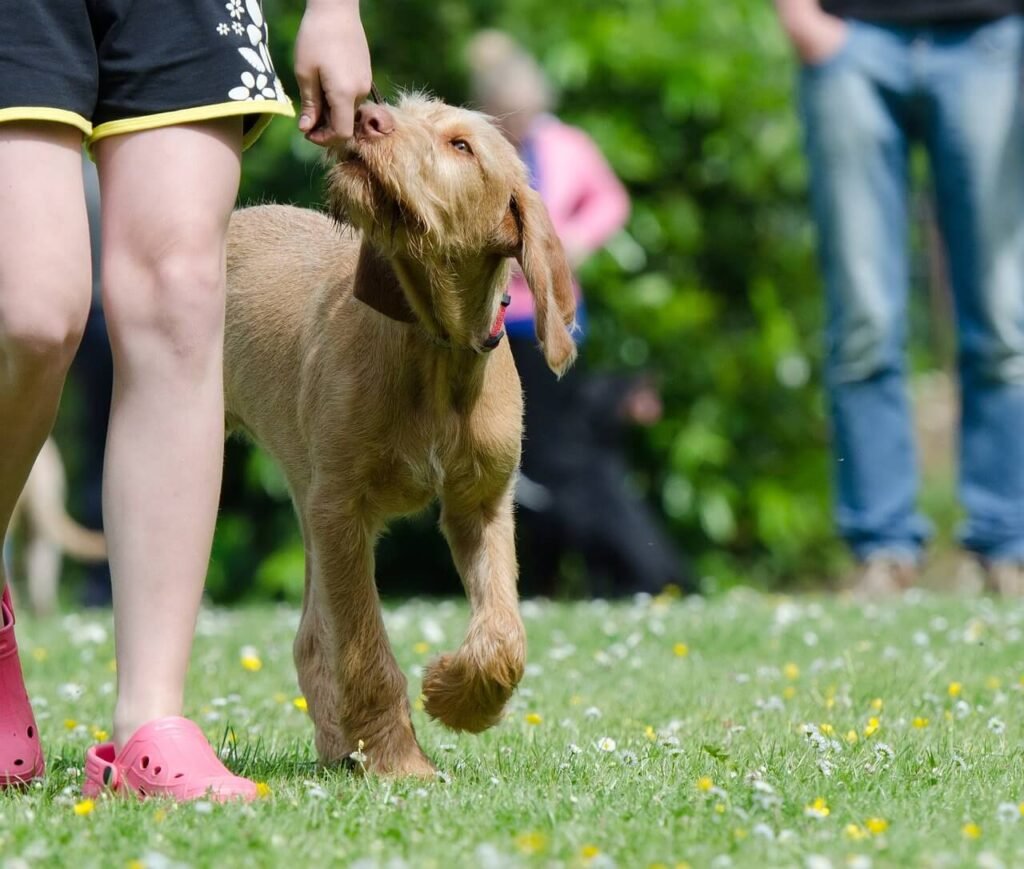
Signs to Watch For | What It Could Mean |
|---|---|
Swelling around the face | Possible allergic reaction |
Coughing or gagging | Irritation from a stinger |
Vomiting or diarrhea | Digestive upset |
Lethargy or weakness | Potential toxicity or discomfort |
Difficulty breathing | Severe allergic reaction |
How to Prevent Your Dog from Eating Dead Wasps
Prevention is always better than dealing with the aftermath. Here are some practical tips to minimize the chances of your dog encountering or eating dead wasps.
Supervise Outdoor Time:
Keep an eye on your dog during walks or playtime in the yard to prevent them from investigating suspicious objects.Teach the “Leave It” Command:
Training your dog to respond to “leave it” can help redirect their attention away from potentially harmful items.Clean Your Yard Regularly:
Remove any dead insects or debris from your yard to reduce temptation for curious pups.Use Protective Gear:
If you live in an area with high wasp activity, consider using a muzzle during outdoor adventures to prevent accidental ingestion.Avoid Attracting Wasps:
Keep food and sugary drinks out of reach, as they can attract wasps to your home or picnic area.
By taking these preventive measures, you can help protect your dog from unwanted encounters with wasps and other insects.
Understanding Your Dog’s Curiosity: Why Do They Eat Strange Things?
Dogs are naturally curious creatures, and their tendency to eat unusual items stems from both instinct and behavior. Understanding why your dog might eat a dead wasp can help you address the root cause.
Exploratory Nature:
Dogs use their mouths to explore the world, much like humans use their hands. This makes them prone to tasting unfamiliar objects.Scavenging Instincts:
Many dogs retain ancestral scavenging behaviors, leading them to investigate and consume anything that smells interesting.Boredom or Anxiety:
Some dogs eat strange things out of boredom or stress. Providing mental stimulation can help curb this behavior.Taste Sensitivity:
Certain smells or textures might appeal to your dog, even if they seem unappetizing to us.Attention-Seeking Behavior:
If your dog learns that eating odd items gets a reaction, they may repeat the behavior to gain attention.
Understanding these motivations allows you to address the underlying reasons behind your dog’s actions and work on modifying their behavior.
Common Household Items Dogs Might Eat
Dogs are notorious for getting into things they shouldn’t. Beyond dead wasps, here are some common household items dogs might ingest—and why you should be cautious.
Small Toys:
Small toys can pose a choking hazard or cause intestinal blockages if swallowed.Food Wrappers:
Dogs might mistake wrappers for food, leading to digestive issues.Rubber Bands or Hair Ties:
These small objects are easy to swallow and can cause obstructions.Houseplants:
Certain plants are toxic to dogs and should be kept out of reach.Medications:
Accidental ingestion of human medications can be life-threatening for dogs.
Being aware of these risks helps you create a safer environment for your dog.
Signs Your Dog May Have Eaten Something Harmful
If your dog has eaten something unusual, knowing the signs of trouble can help you act quickly. Here are some red flags to watch for.
Excessive Drooling:
Indicates irritation in the mouth or throat.Repeated Gagging:
Could suggest a foreign object stuck in the airway or stomach.Loss of Appetite:
A sudden refusal to eat may signal discomfort or illness.Abdominal Pain:
Whining or reluctance to be touched could mean an obstruction or injury.Unusual Behavior Changes:
Restlessness, pacing, or hiding may indicate distress or pain.
Recognizing these signs early can make all the difference in ensuring your dog receives timely care.
Fun Facts About Dogs and Their Curious Habits
Dogs’ curious habits often leave us amused or puzzled. Here are some fun facts about why dogs explore the world the way they do.
Dogs Have Fewer Taste Buds Than Humans:
With only about 1,700 taste buds (compared to our 9,000), dogs rely more on smell than flavor when deciding what to eat.They Use Smell to Investigate:
A dog’s sense of smell is up to 100,000 times stronger than ours, making scent a primary tool for exploration.Eating Grass Isn’t Always a Sign of Illness:
Many dogs eat grass simply because they enjoy the texture or taste.Pica Isn’t Just for Humans:
Some dogs develop pica, a condition where they crave non-food items due to nutritional deficiencies or behavioral issues.Curiosity Peaks in Puppies:
Younger dogs are more likely to eat strange things as they learn about their surroundings.
These quirky traits remind us why dogs are such fascinating companions—and why we need to keep an eye on their antics!
Frequently Asked Questions About My Dog Eating a Dead Wasp
Is it normal for dogs to eat dead insects?
Yes, many dogs are curious and may eat dead insects occasionally. It’s usually harmless but worth monitoring.
Can my dog get sick from eating a dead wasp?
In most cases, no. However, if the wasp was exposed to chemicals or your dog has allergies, there could be complications.
Should I induce vomiting if my dog ate a wasp?
No, inducing vomiting is rarely necessary unless advised by a veterinarian.
How long should I monitor my dog after they eat a wasp?
Keep an eye on them for at least 24 hours to ensure no adverse reactions occur.
What should I do if my dog shows signs of an allergic reaction?
Seek veterinary care immediately, especially if they experience swelling, difficulty breathing, or lethargy.
Final Thoughts: Keeping Your Dog Safe and Happy
While discovering that your dog ate a dead wasp can be alarming, it’s usually not a cause for panic. By staying informed, observing your dog closely, and taking preventive measures, you can ensure their safety and well-being. Remember, dogs will always be curious explorers, and part of being a responsible pet owner is guiding them through their adventures safely. With patience, vigilance, and a little humor, you can navigate these moments confidently and continue enjoying life with your furry companion.
Understanding Cryptosporidium in Cats: Best 7 Expert Tips! – Spot symptoms, treat safely, and stop parasite spread in your home.
Understanding Cryptosporidium in Dogs: Best 7 Expert Tips! – Learn symptoms, treatment & prevention for this stubborn gut parasite.
Understanding Syringomyelia in Cats: Best 7 Expert Tips! – Recognize signs, manage pain, and support your cat’s neurological health with vet-backed guidance.
Understanding Syringomyelia in Dogs: Best 7 Expert Tips! – Expert insights on symptoms, MRI diagnosis, pain management & quality of life.

